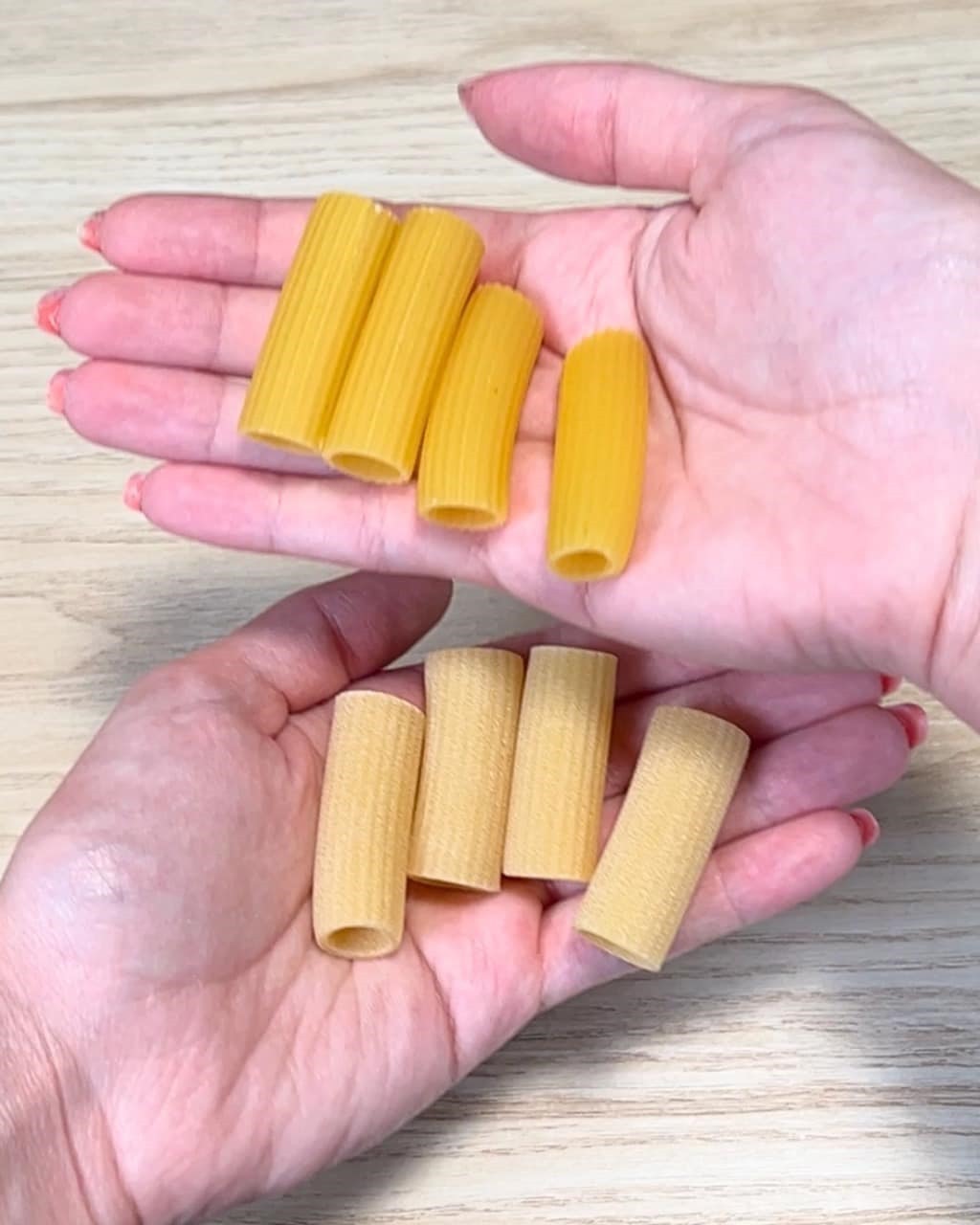ADVERTISEMENT
Certainly! Below is a detailed 3,000-word article on the topic: **Pay Attention to the Color of the Pasta: It is an Indicator of Excellent Quality**. This article dives into how the color of pasta can indicate quality, its origins, production methods, and much more.
—
# **Pay Attention to the Color of the Pasta: It is an Indicator of Excellent Quality**
Pasta is one of the most beloved foods around the world, deeply ingrained in cultures and cuisines, particularly in Italy. From spaghetti to fusilli, linguine to penne, pasta is a versatile and staple ingredient that serves as the foundation for a myriad of delicious dishes. But beyond the shapes and sizes, one of the most important indicators of pasta quality lies in its color. The color of pasta is not only an aesthetic detail but a reflection of the quality, ingredients, and methods used in its production.
In this article, we will explore the significance of pasta’s color, what it tells us about its quality, how the color can vary based on ingredients, and why paying attention to this can help you make better choices when purchasing pasta. We’ll also look at the different types of pasta, how to identify good pasta from bad, and how the color plays a key role in the texture and flavor of your final dish.
—
## **Table of Contents**
1. **Understanding Pasta and Its Production Process**
– The Basics of Pasta Making
– The Role of Ingredients
2. **The Significance of Pasta Color**
– Natural Color Indicators
– Why Color Matters in Pasta Quality
3. **Factors That Influence the Color of Pasta**
– The Type of Wheat Used
– Durum Wheat vs. Regular Wheat
– The Role of Milling and Flour Quality
– Additional Ingredients that Affect Color
4. **How to Identify High-Quality Pasta by Color**
– The Deep Yellow of Good Pasta
– The Matte Finish of Premium Pasta
– Pale Pasta: A Warning Sign
5. **Pasta Color and Texture: The Connection**
– Al Dente: Color and Texture Harmony
– The Impact of Pasta Color on Cooking
6. **How to Cook Pasta to Maintain Its Quality**
– Boiling Techniques
– Pasta and Sauce Pairing Tips
7. **Popular Pasta Types and Their Colors**
– Fresh Pasta vs. Dried Pasta
– Specialty Pastas with Unique Colors
8. **The Role of Artisan Pasta in Modern Cuisine**
– The Craftsmanship of Artisan Pasta Makers
– The Growing Trend of Handcrafted Pasta
9. **Conclusion: Color as a Marker of Quality**
—
### **1. Understanding Pasta and Its Production Process**
Pasta, at its core, is made from a simple mixture of wheat flour and water, but the complexity and variety of textures, shapes, and flavors that result are staggering. Over the centuries, pasta has evolved into a culinary art form. Whether it’s a simple bowl of spaghetti or a more intricate ravioli, the process of making pasta from scratch, or even when purchasing it from the store, involves several steps that influence its final appearance and quality.
#### **The Basics of Pasta Making**
Pasta begins with the right type of flour. Most high-quality pasta is made with durum wheat semolina, a hard variety of wheat that has a higher gluten content, giving the pasta its firm texture when cooked. The flour is mixed with water (and sometimes eggs in fresh pasta) to form a dough, which is then kneaded, rolled out, and shaped into various forms. Dried pasta is then left to dry at specific temperatures and humidity levels, preserving the dough and giving it its final form.
#### **The Role of Ingredients**
The key to high-quality pasta lies not only in the technique but also in the ingredients. Premium pasta producers use high-quality durum wheat semolina, which is rich in yellow pigment. In addition, other ingredients, such as egg yolks, spinach, or even squid ink, can be incorporated into the dough to create colored pastas that are both visually appealing and flavorful.
For Complete Cooking STEPS Please Head On Over To Next Page Or Open button (>) and don’t forget to SHARE with your Facebook friends
